To put it more specifically, temperament is the personality of the pen, the personality of the writer is expressed and revealed through the writing.
And if we keep thinking like that, in this poetry collection "Fire and Stone" (Writers Association Publishing House, 2022), Phan Cat Can's poetry is definitely different from Nguyen Hong Cong's poetry, Nguyen Hong Cong's poetry is different from Tran Van Khang's poetry, Tran Van Khang's poetry is different from Ngo The Truong's poetry.
If Phan Cat Can always "goes far to return near", aiming at "the place where we return to the source" which is the "land of birth" with "Festival season": "March/ touches the bottom of spring.../ red eyes of cotton flowers/ half-floating, half-sinking sticky rice cakes..." then Nguyen Hong Cong goes from the gate of his village and is so attached to it that he "cannot forget a row of tilted bricks" to reach the " world village in carriage number 5" in the journey of "flying tired wings breaking the red sunset/ Halfway in the sky, a flock of migratory birds" . If Tran Van Khang wanted to hide in the shadow of his hometown, "look back at his life", "go to the market for a bit/ but almost end his life" to be tormented endlessly by "now there, on the homeland's yard/ The moon is still bright but the shadow of his father is forever absent" from his mind, Ngo The Truong was strong with collisions, breaks, movements that were both sudden and fierce: "The mountain is like a great lover/ Pressing down on the Quy Nhon afternoon" , "We love each other, the storm is raging/ The collision opens the galaxy to give birth..."
The poem "Quy Nhon" by Ngo The Truong is a strange poem, selected in "108 Vietnamese poems" published by the Writers' Association Publishing House in 2023: "The sun warms Quy Nhon's golden yellow/ The sea licks Quy Nhon's green/ The mountain stretches out a thousand breasts/ A few indigo grains are shaken/ O Loan suddenly feels pity/ Has melted into the clouds' hair/ The mountain is like a great lover/ Pressing down on the Quy Nhon afternoon/ The vast Thi Nai lagoon/ Blood cockles look into the mirror of the sky/ The Con River is flooded/ Sugarcane is sweet to the hearts of falling birds/ Quy Nhon, love connects love/ Houses lean on the lagoon/ Human voices entice the sound of fish/ The shore is white with phosphorus" ...
This poem is a lyrical and vivid picture of Quy Nhon land - where the sea, mountains, rivers, and lagoons blend together in a space filled with emotions. The poem is written in a passionate tone, full of love, inspired by nature and the people of Quy Nhon. The author not only describes the scenery but also conveys his own emotions - a strong vibration before the beauty of nature associated with human life.
The images of “golden sunshine”, “green licking sea”, “rising mountains” evoke the feeling of Quy Nhon as a living body, full of vitality. In which, “A few indigo grains” is a strange detail, evoking colors, which can refer to streaks of cloud shadows or streaks of dark purple as decoration for the landscape; “Mountains like a great lover” - a very unique personification. The mountain is no longer a scene but becomes a strong, all-encompassing character, associated with physical and spiritual love, leaning all the way, evoking the dominance of nature and emotions; “Blood cockles looking in the mirror of the sky” is a very valuable image, showing the connection between creatures and nature, between humans and the universe.
The poem uses many unique, evocative but not crude images, always maintaining poetic and artistic beauty. And “Quy Nhon” is not just a poem describing the scenery, but a love poem - love for a land, nature and people.
They are pieces that make up a picture, where a part is not really a part, a part can be everything, and everything can also be revealed in a part. They meet by chance. But they will become natural or implicit, because they meet at the same source called poetry.
Long ago, Zen master Khuong Viet had a poem about that inevitability: "In the tree there is fire/ Fire is ready, fire is born/ If the tree has no fire/ How can fire be created by rubbing?" . Applying it to "Fire of stone" and learning from Zen master Khuong Viet, in my opinion, the poem can have a new version: "In the stone there is fire/ Fire is ready, fire is born/ If the rock has no fire/ How can fire be created by rubbing?" .
Source: https://hanoimoi.vn/san-lua-lua-moi-sinh-704905.html








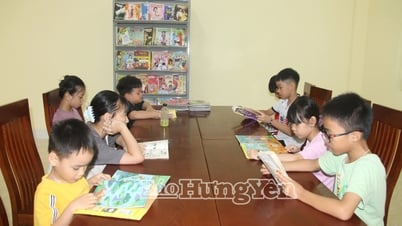

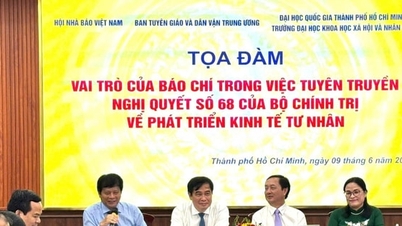
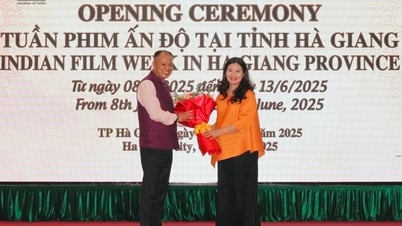

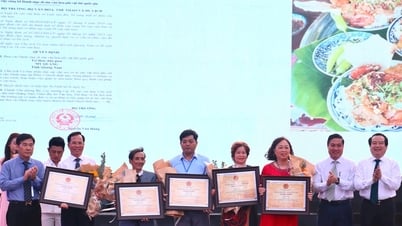

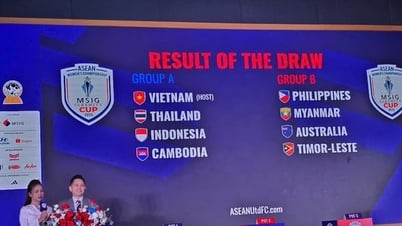
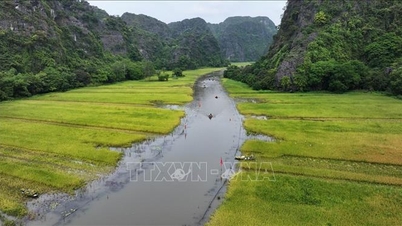







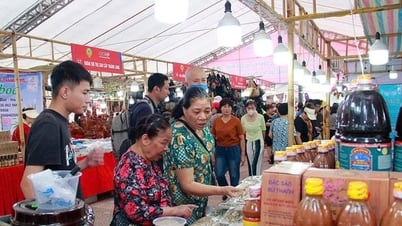


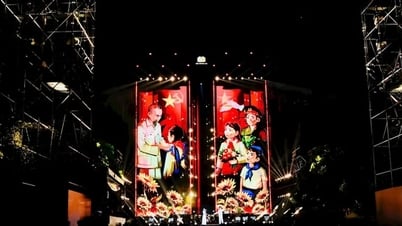

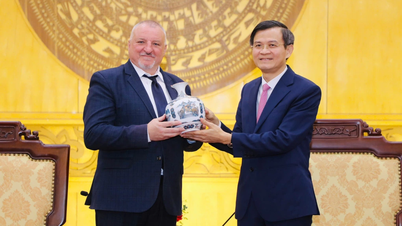

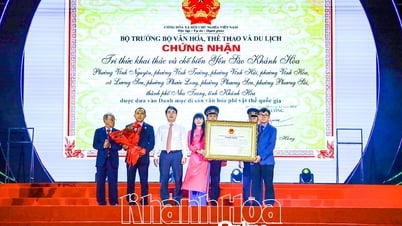

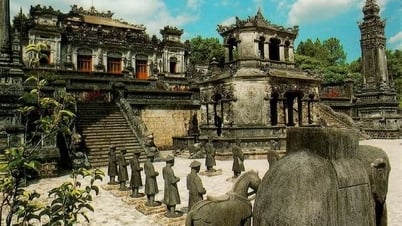

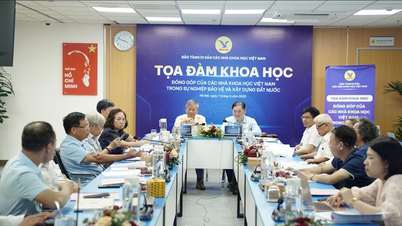





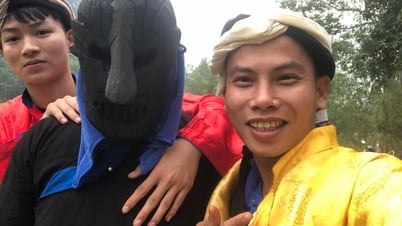

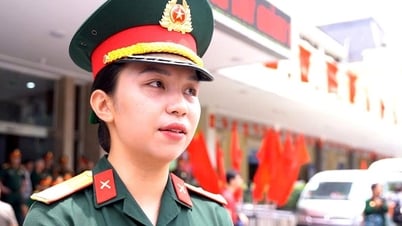



















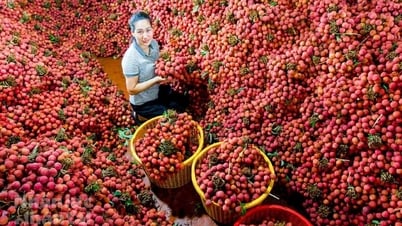



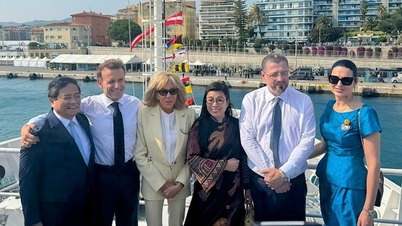


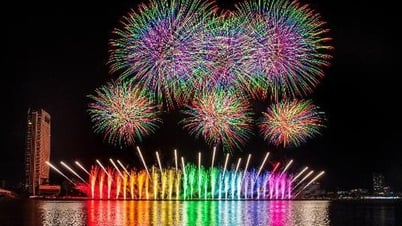
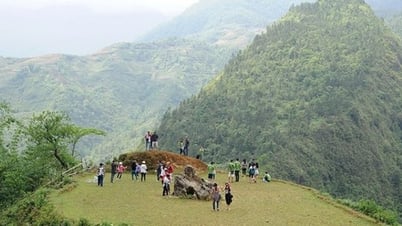



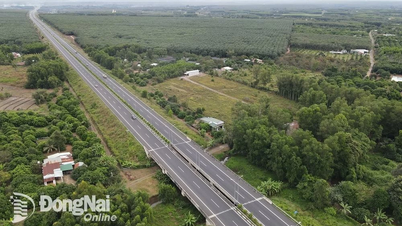







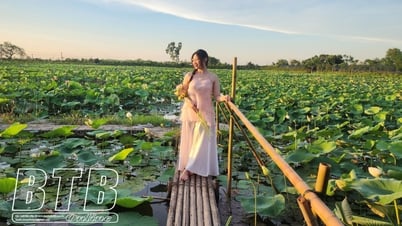









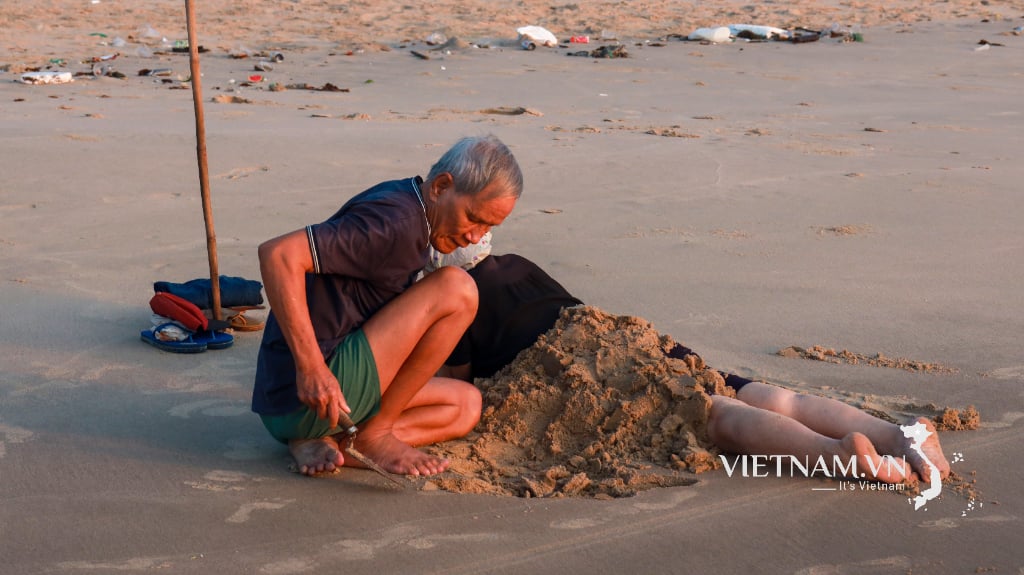
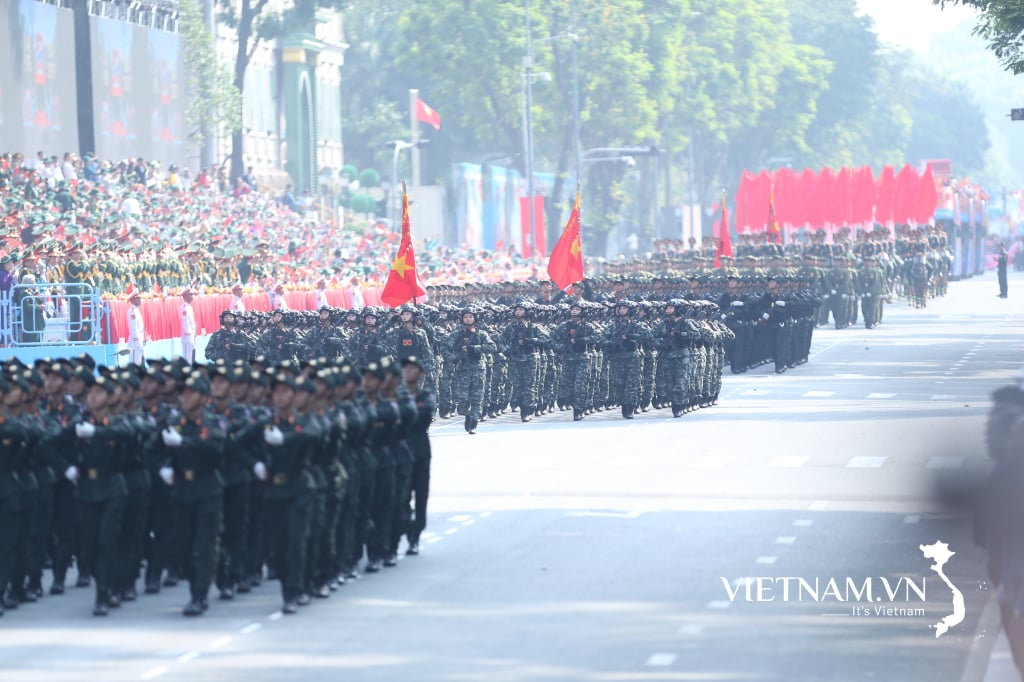
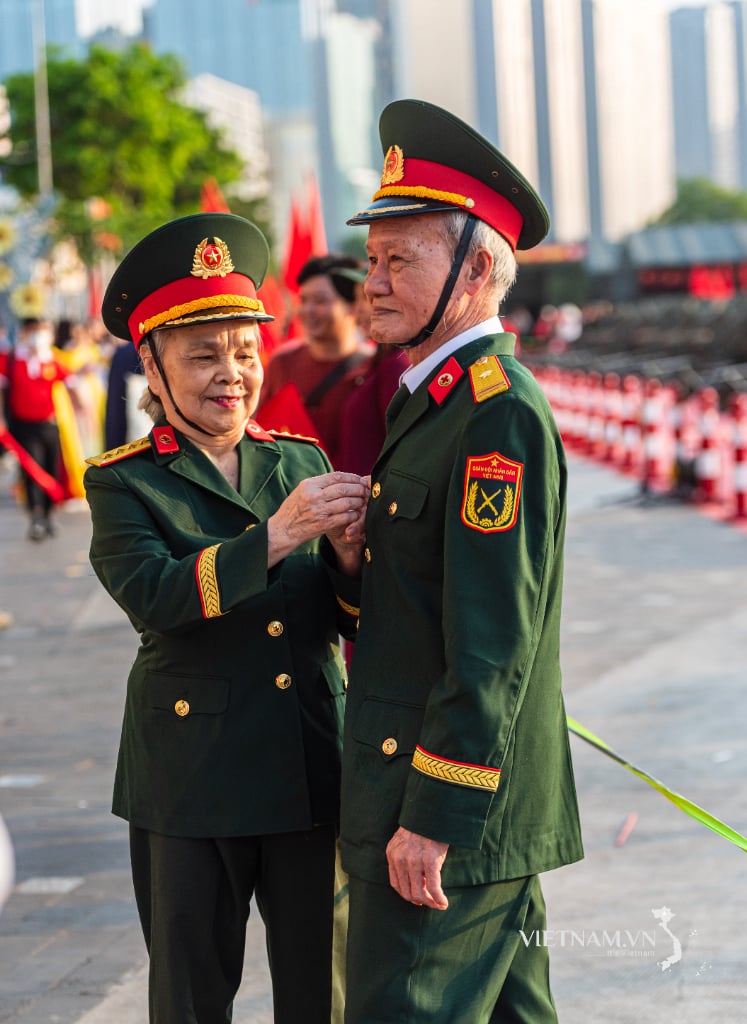
Comment (0)